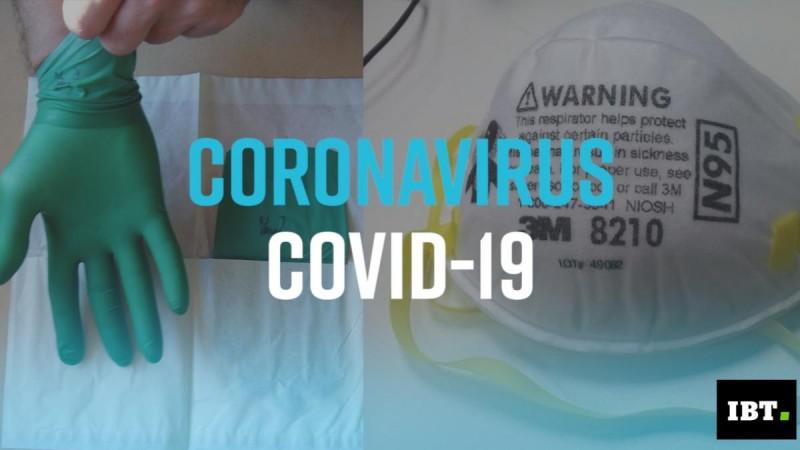In the wake of the COVID-19 outbreak, many applications have been developed to keep track of the pandemic. Students at the Ashoka Institute here have invented a device that not only tracks the corona positive patients but will also send an alarm to officers and police personnel as soon as they enter hotspots.
Through this device, called ''Smart Guard for COVID-19'', patients with the coronavirus infection who are admitted in a hospital or in a quarantine centre, can be monitored.

The device was designed by Dhananjay Pandey, Nikhil Kesari and Mohammad Saif under the direction of Shyam Chaurasia of the Research and Development Department of the institute.
The device can monitor the homes of positive patients.
Chaurasia said: "This device can monitor the homes of positive patients. Many infected patients in the area sometimes carelessly try to get out of their house. In such a situation, there may be a risk of virus spread. But this device is capable of monitoring their movements instantly. Not only this, the police personnel posted in the hotspot area will also be sent information about the quarantined patient."
"Applying this device in front of the patient''s home, who is under quarantine, will also inform about the patient''s activities," said Chaurasia.
If someone comes out of the house, the sensor installed in the device will be activated and the policeman posted in the hotspot area will immediately be informed about the location of the patient. This will be done by sending calls and messages. This will enable the police to take action on time. It can be installed at the hospital or home gate and the sensor range is from 5 metres to 10 metres.

He added that the device uses PIR sensor relay 5 volt, battery 9 volt, keypad mobile and a CCTV camera. "We have attached a keypad mobile phone to this device with a motion counting sensor camera," said Chaurasia.
This device can be mounted like a camera above the doors of the quarantined patients'' homes in the hotspot area. It costs Rs 8,500 for assembling the device. Chaurasia says that in making it, he has used cameras, motion sensors, mobiles, GPS systems, batteries, calculators, 5 volt relays.
Mahadev Pandey, Senior Scientific Officer, Regional Science and Technology Centre, said, "Apart from corona times, this device will be needed in the coming years."
















